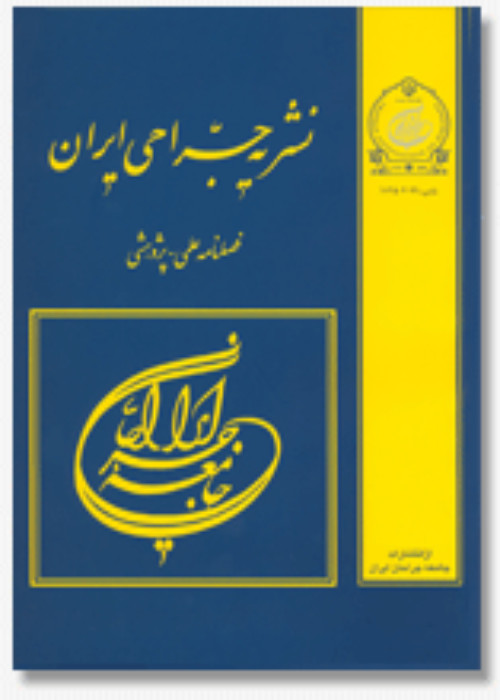Evaluation of the Use of Absorbable Mesh Plates and Screws in Fronto-Orbital Remodeling in 20 Patients with Craniosynostosis
Author(s):
Abstract:
Introduction &
Objective
Fronto-orbital remodeling is the procedure of choice for the treatment of craniosynostosis, affecting the anterior area of the skull and orbital regions. The resorbable plating systems provide rigid fixation while potentially minimizing the long term drawbacks of permanent plating systems. However, plate palpability, visibility, skin breakdown over the plate, encapsulated foreign body and osteolytic changes have been reported. The absorbable fixation systems are composed of either a plate or a mesh and screws. In this clinical trial, we have used plates prepared by cutting a row of mesh for fixation, reducing the palpability and visibility of the implant. Materials and Methods
In this Q experimental study from May 2006 to May 2009, 20 patients (14 males, 6 female) aged 4 to 19 months (mean 6±3 months) underwent operation. Indications for operation were Metopic suture in 8 patients, unicoronal suture in 5 patients, Bicoronal suture in 3 patients, Sagittal suture in 1 patients, Multiple suture suture in 3 patients. All patients underwent fronto-orbital remodeling with cranial reshaping. Through bicoronal approach, once the supra orbital bar is remodeled, a new forehead is created by remodeling the rest of it.Symmetrical repositioning and fixation of supraorbital bar was done, and frontal bone segments were fixed in to position by handmade resorbable mesh plates and screws. The temporal muscle was then advanced to lateral orbital rim and temporal crest, and the priosteum was advanced for the coverage of reconstructed forehead region. The results of treatment, at aminimal follow-up of 6 months were assessed, based on preoperative and postoperative photographs and direct patient examination. Results
The follow-up of the patients ranged from 6 to 36 months (mean 15±6 months). All patients were studied, using photography, radiography, and 3-D CTscans preoperatively and were visited in the clinic 1, 2, 3, 6 week and up to36 months after their operations. During the observation period of up to 36 months, no infection, visibility, exposure, instability or dislocation was observed. The results aesthetically were satisfactory in 90% and good in 10% of patients, according to Bartlett categorization. Conclusions
Absorbable fixation devices in the fronto-orbital remodeling surgery of patients affected by craniosynostosis provides secure fixation while avoiding the potential and well-documented problems with rigid metal fixation. Using a row of absorbable mesh, instead of conventional plate, could effectively reduce visibility and even the palpability of the normal fixation device.Language:
Persian
Published:
Iranian Journal of Surgery, Volume:18 Issue: 2, 2010
Page:
78
magiran.com/p785562
دانلود و مطالعه متن این مقاله با یکی از روشهای زیر امکان پذیر است:
اشتراک شخصی
با عضویت و پرداخت آنلاین حق اشتراک یکساله به مبلغ 1,390,000ريال میتوانید 70 عنوان مطلب دانلود کنید!
اشتراک سازمانی
به کتابخانه دانشگاه یا محل کار خود پیشنهاد کنید تا اشتراک سازمانی این پایگاه را برای دسترسی نامحدود همه کاربران به متن مطالب تهیه نمایند!
توجه!
- حق عضویت دریافتی صرف حمایت از نشریات عضو و نگهداری، تکمیل و توسعه مگیران میشود.
- پرداخت حق اشتراک و دانلود مقالات اجازه بازنشر آن در سایر رسانههای چاپی و دیجیتال را به کاربر نمیدهد.
In order to view content subscription is required
Personal subscription
Subscribe magiran.com for 70 € euros via PayPal and download 70 articles during a year.
Organization subscription
Please contact us to subscribe your university or library for unlimited access!


